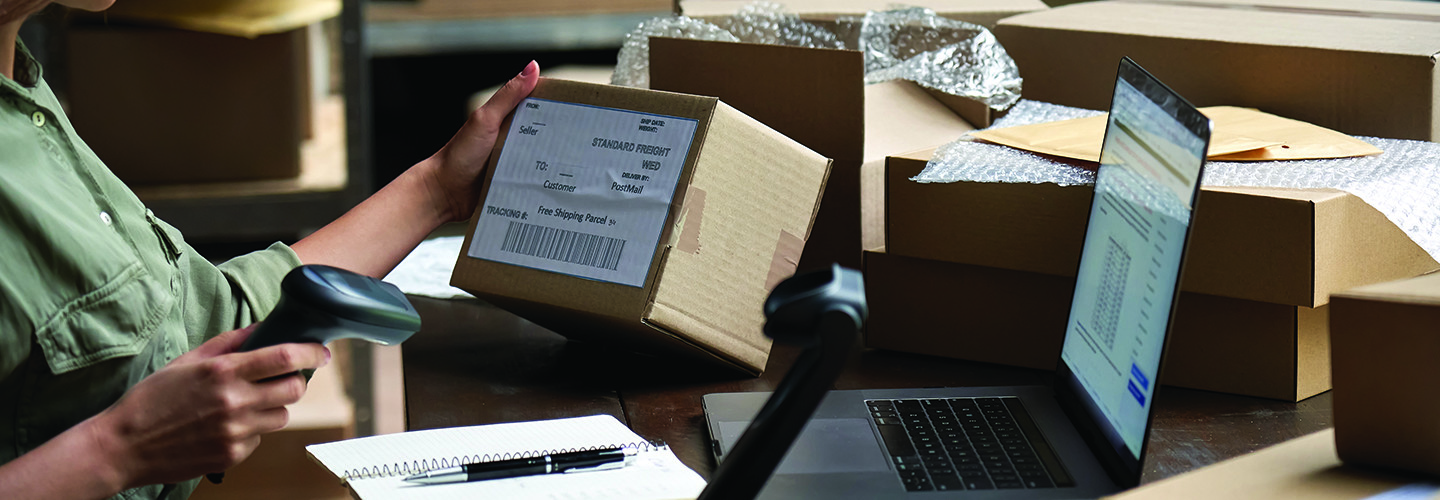Recent RFID Advancements Spur Opportunity
RFID requires four elements to work together: RFID tags, readers and antennas, supporting software, and testing and verification. Not too much has changed in these areas in recent years, as the basic technology behind the system has remained steadfast.
However, there are some recent developments that have made RFID even more attractive to organizations. First, capabilities have improved dramatically over the past decade, according to McKinsey, with read accuracy doubling during that time. Range has also drastically increased, quintupling over the past 10 years.
Another major change has been cost. The average cost of an RFID tag has fallen by 80 percent over the past decade, while the average cost of RFID readers has fallen nearly 50 percent. These increased capabilities mean that organizations can operate with fewer tags, and falling prices mean it’s more economical to capitalize on the technology.
How RFID Can Be Used for Operations
As retailers depend on a more connected and mobile infrastructure, RFID has several advantages for operations. Inventory can present a significant challenge as organizations move toward a more omnichannel model. This is one of RFID’s most prominent use cases: aiding in tracking inventory and fulfillment. This also can help organizations identify trends and preferences among customers so they can adjust production as needed.
MORE FROM BIZTECH: Learn how to deploy technology at multiple retail locations.
RFID can also help streamline store operations through such applications as self-checkout. Making this process faster and more accurate can help stores cut down on labor hours and mistakes. It can also enable shoppers to scan items themselves with their smartphones and pay right away. Returning items can be made easier as well, with RFID tags eliminating potential inventory tracking problems and mistakes in the reverse supply chain.
How RFID Can Be Used for the Customer Experience
Currently, inventory tracking and operations are the most widespread uses for RFID in retail. However, as customer expectations evolve, there are additional emerging use cases for the technology.
One of these affects one of the most-used parts of a store: fitting rooms. RFID can enable smart mirrors to read tags on clothing, prompting suggestions for related styles and accessories. It can also collect data on what customers are interested in and trying on, helping to inform orders and other operations.
That’s not the only customization that RFID can power in retail. The technology can be harnessed to deliver unique recommendations when activated by certain items, allowing customers to browse in a more engaged, personalized way. These uses are still emerging, but these kinds of contactless experiences are growing in popularity. With the right RFID tools, retailers can get ahead of the curve and deliver for their customers.










